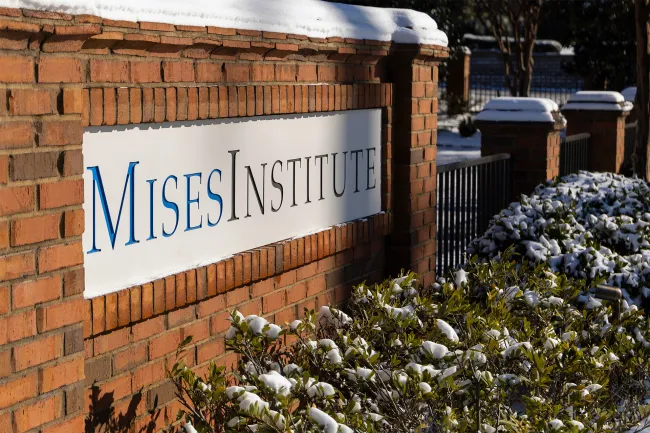Why Governments Want More Centralization—and Less Federalism
America’s founders did not envision the federal government as the domineering senior partner in almost everything. What was once best described as “sovereign States, united solely for specified joint purposes” has been largely eviscerated.








